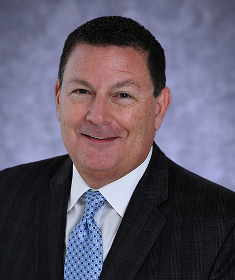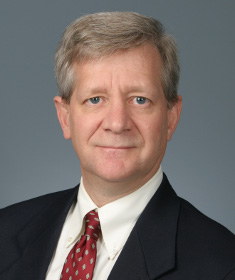成为客户真正信赖的顾问
你需要知道的3项关键原则

达成销售成功,同时成为客户信赖的顾问,是件很不错——甚至是值得光荣的事情。但在当今的购买环境中,如何才能成为客户真正信赖的顾问呢?
阿伯丁集团(Aberdeen Group) CSO Insights及其他几家机构的研究表明,仅仅告诉销售人员要成为客户值得信赖的顾问并不奏效,相反赢单率下降了,无决策的比例上升了。客户的种种行为似乎在说,他们并不信任销售人员的意图,也没有把他们看作可信赖的顾问。
如何解决这个问题呢?我们来探讨一下,销售人员如何通过运用三项关键原则,成为客户真正信赖的顾问。
#1: 建立信任
我们都听过这样的说法:“关系销售”早已不管用了;然而,销售人员会认为,信任——关系销售的基础——是必不可少的。销售人员知道,如果你与客户之间没有牢固的、可信赖的关系,你永远不会被他们看作是值得信赖的顾问,你就永远不会成功。
首先,建立信任关系需要对的心态,和一系列相应的行动。从心态来说,销售人员必须由衷地相信他/她的工作是帮助客户解决问题。在销售过程中心里盘算着自己能获得多少提成的销售人员会很快被客户发觉的。客户马上会发现,和他们的需求和期望相比,这个销售更在意的是把东西卖出去。
除了正确的心态,可信赖顾问还知道如何表现他们想要帮助客户的诚意。关系销售的原则是懂得如何表达设身处地,如何展现信誉和帮助客户的能力,以及如何预测客户可能有的顾虑。
销售人员必须以这样的心态和相应的行动,饱含真诚、热情和积极的意图来对待销售过程。
关系销售关乎于你是怎样的人、你是如何行为处事的,你关注客户及其需求的行动最能打动客户。这会产生信任。
#2: 促进客户的购买过程
多年来,销售主管一直向销售人员灌输他们必须遵循系统的“销售流程”。将无数的资源投入到开发程序、软件、网站和各式检查清单中——所有这一切都指向获得一种最好的方法来架构 “销售”。这是错误的。
最好的“销售流程”不是向客户进行销售,而是帮助客户购买。非可信赖顾问的销售人员相信,只要我遵循这五个(或七个、九个)销售步骤,我就会成功。可信赖的顾问所做的,是帮助客户以他们想要的方式购买,而非按照你想要的方式进行销售。
促进客户的购买过程,必须要做到:
- 帮助客户发掘他们在需求背后的紧迫性,并界定需要解决的问题。
- 帮助客户了解解决方案中的哪些要素对他们有价值,哪些没有价值。
- 帮助客户在他们自己的组织内部获取对解决方案的支持,对要采取的行动达成一致。
要帮助客户购买,就不能以卖方为中心的销售流程来进行;它需要可信赖的顾问与客户之间的双向沟通,理解问题并认识到紧迫性。
#3:厘清复杂性
对如今的买方来说,他们手边似乎有无穷无尽的信息可用,这既是好消息也是坏消息。可信赖的顾问的职责是帮助客户厘清这种复杂性,从纷繁复杂中找到解决问题的正确方案。可信赖的顾问遵循的原则是,将他们推荐的解决方案与给客户带来的优势和收益联系起来。可信赖的顾问能很好地聆听客户、分享对客户业务的洞察、澄清问题以确保理解无误、减少(而不是制造)困惑,并提出解决问题的可行方案,这些方案不仅满足客户的需求,而且使客户感到愉快。
严格执行行动原则,成为客户信赖的顾问
执行行动原则,并非是指仅仅做必须做的事情,而是日复一日、重复地做他们知道应该做的事情。虽然所有的销售人员都在采取行动,但很多人选择了阻力最小的捷径,也就是做那些他们觉得舒服、或者他们认为达成销售要做的事。然而,想要成为一名客户信赖的顾问,需要严格按照行动原则行事,一旦销售人员获得这份信任,这将是一个令人羡慕的位置,因为它能为客户和你的组织带来极大的商业层面的价值。
以建立信任为己任。促进客户的购买过程。厘清复杂性。你所付出的努力将成就长期、持续的客户关系,这种关系在你帮助客户以他们想要的方式购买的同时,为你带来源源不断的销售和服务机会。
更多信息请洽021-23571788。








 请填写此表格下载成为客户真正信赖的顾问 | 你需要知道的3项关键原则。
请填写此表格下载成为客户真正信赖的顾问 | 你需要知道的3项关键原则。





